
Efficient Collaboration with RendPro - 3 Tips
...
3D interior visualization is an essential tool for creating realistic virtual images of future interior designs. This is extremely useful for real estate developers and designers, as they can present their ideas to clients in a realistic way without having to use physical models or drawings.
Does a real estate developer or designer, need to know 3D technology to get high quality 3D interior visualizations?
No, a real estate developer or designer does not need to be an expert in 3D technology to get high-quality 3D interior visualizations. What is important is to understand the key elements of interior visualization.
These elements include lighting, composition, textures, proportions and perspective. By understanding these basic elements, you can create realistic and attractive 3D interior visualizations.
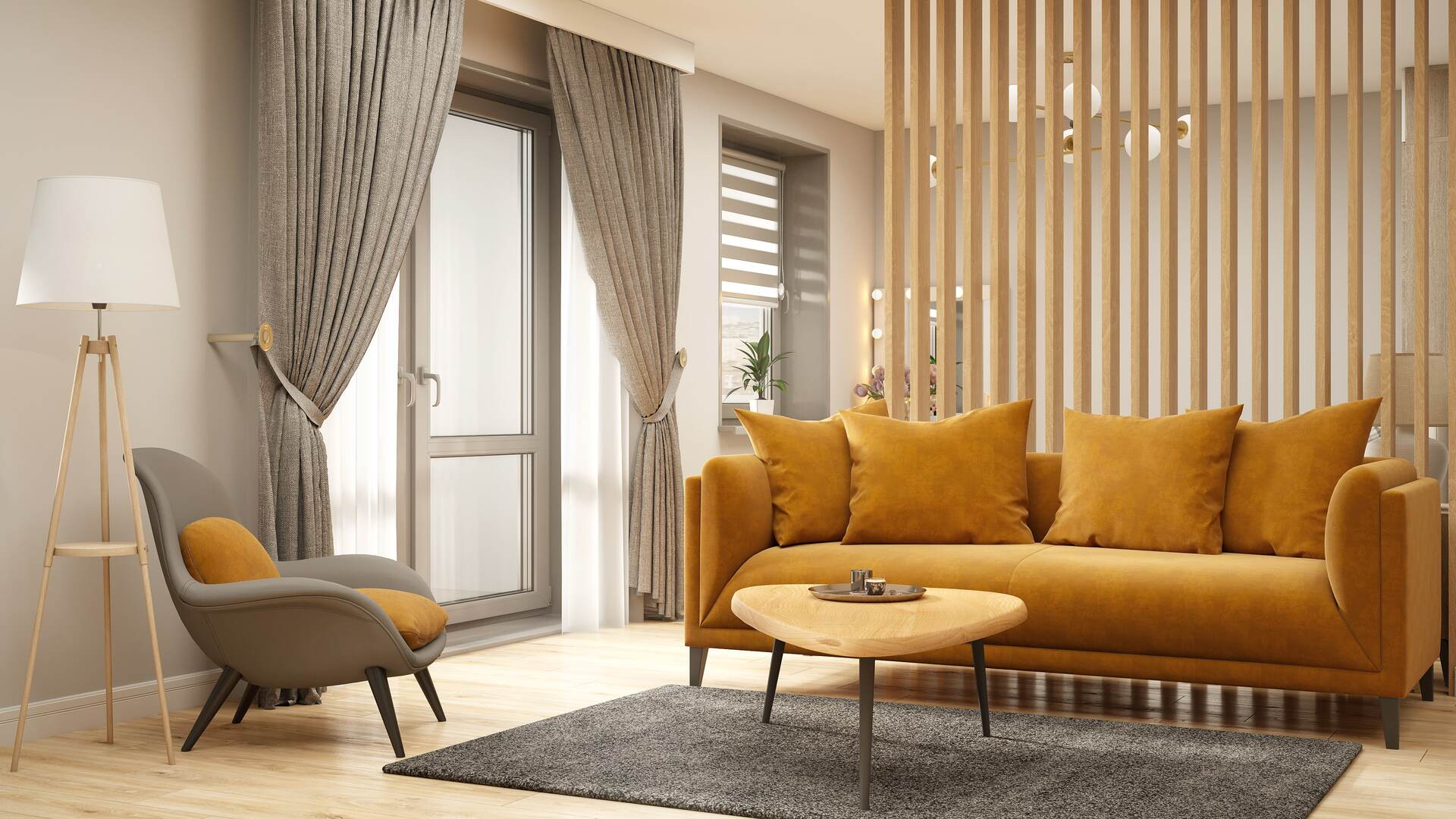
An important element in achieving realistic lighting in 3D visualizations is understanding the principle of light reflection. In reality, light bounces off surfaces, creating shadows and different hues. In 3D visualizations, it is necessary to take this principle into account to make the image look natural, especially with shiny surfaces such as glass and metal. Improper reflection of light can make the image look unnatural and artificial.
In addition, it is important to position the light sources properly so that they are not too intense or too weak. Too much light can make the image look unnatural, while too little light will make it difficult to see details in the visualization. The realistic placement of shadows is also important, as they add depth and realism to the image.
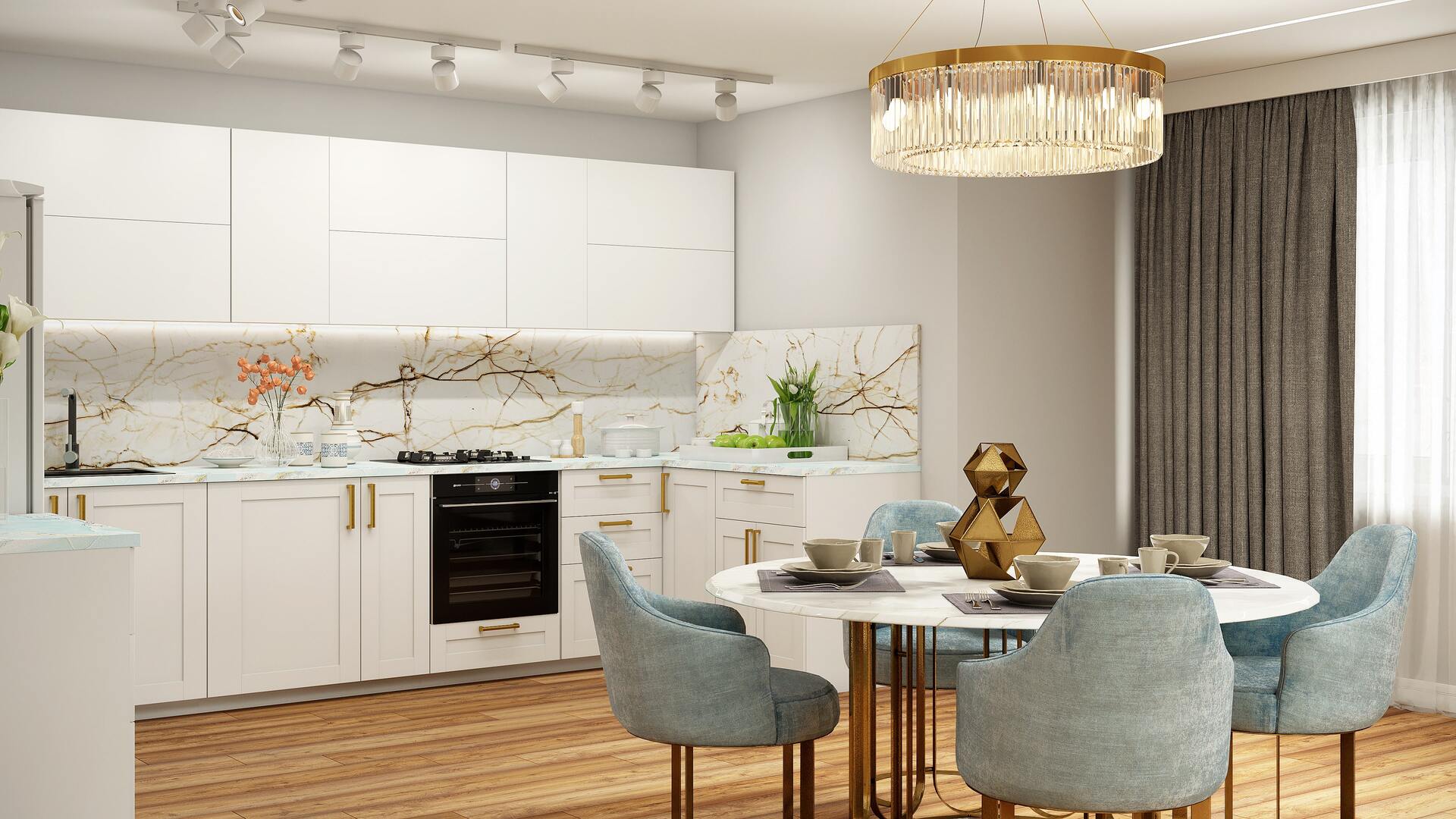
Composition in 3D visualizations of interiors is the way the various elements are connected and interact with each other. The correct positioning of objects creates harmony and emphasizes the strengths of the arrangement. To achieve this effect, it is necessary to follow several important rules.
The most important principle is the presence of a visual center - an object or group of objects that stand out in size, shape or color and immediately attract the eye. Regardless of where this "center" is placed, it should be the focal point of the image.
Subsequent elements should surround the central object according to the principles of symmetry or asymmetry. Symmetry means that objects of similar sizes and shapes should be placed at the same distance from the center, making the scaling look natural and consistent.
A balanced asymmetrical composition is the key to making 3D visualizations look attractive. This means that objects on opposite sides of the image should have similar visual weight to avoid the impression of overload or emptiness. If any part of the 3D render appears too full or too empty, it is worth checking that the balance between the elements has been maintained.
You may need to add balancing elements, such as a large mirror, to achieve a balanced look. Remember that a well-designed asymmetrical composition can be the key to success in achieving an attractive 3D visualization.
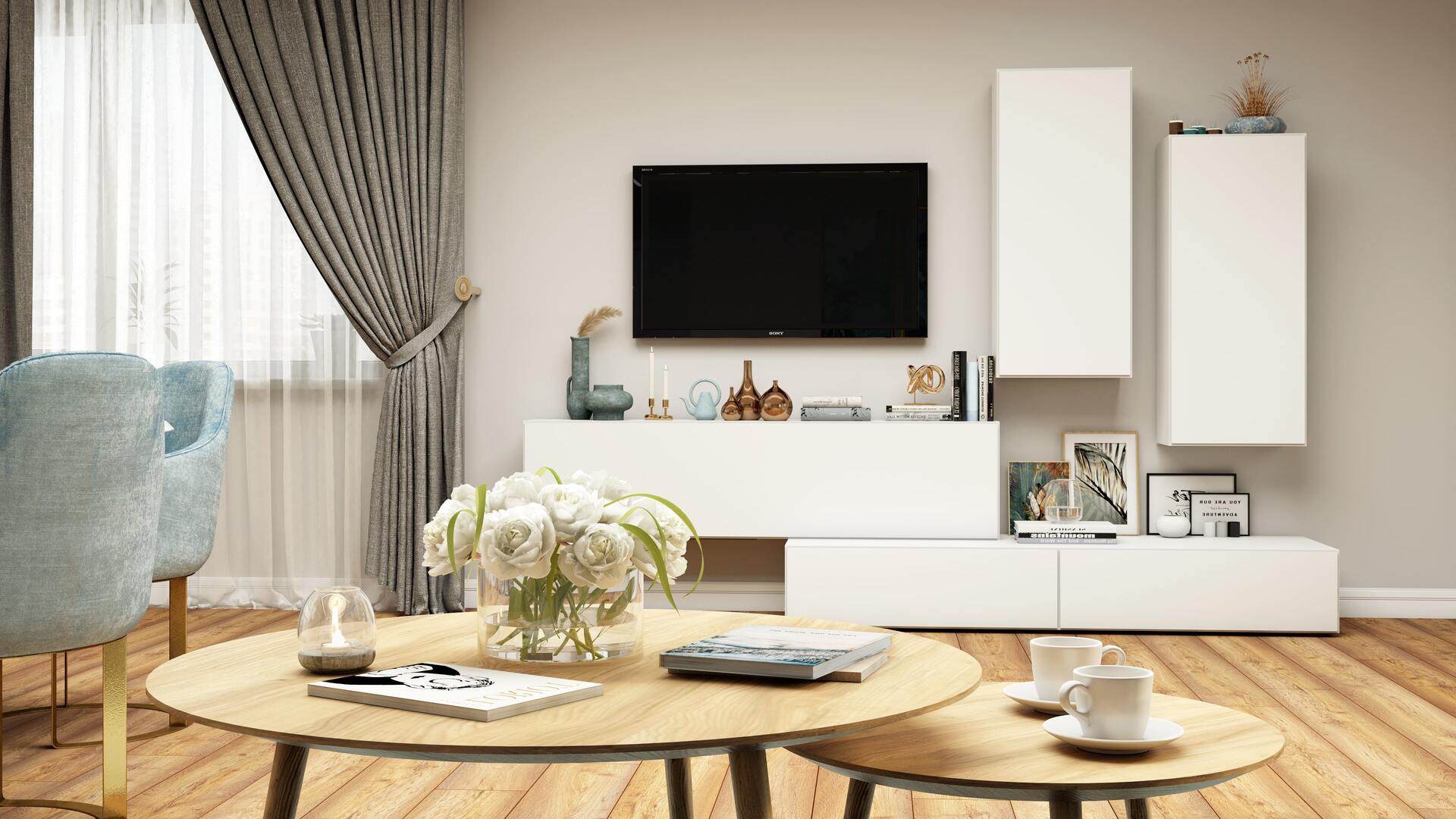
3D visualization technology makes it possible to create images that not only contain relevant technical information, but are also able to evoke emotions in viewers. To achieve this effect, it is necessary to add smart details - small elements that give life to the situation depicted and stimulate the audience's imagination. Thanks to them, viewers can better imagine how great it would be to live or work in the space shown.
When evaluating 3D visualizations, it is important to pay attention to the details placed by the company. Do they really create a clear picture and help draw the viewer into the story told by the image? If a real estate developer or designer has ideas for details they would like to see in a 3D visualization, it's best to share them with the company early on in the collaboration. This can save a lot of time and help create an image with an engaging story.
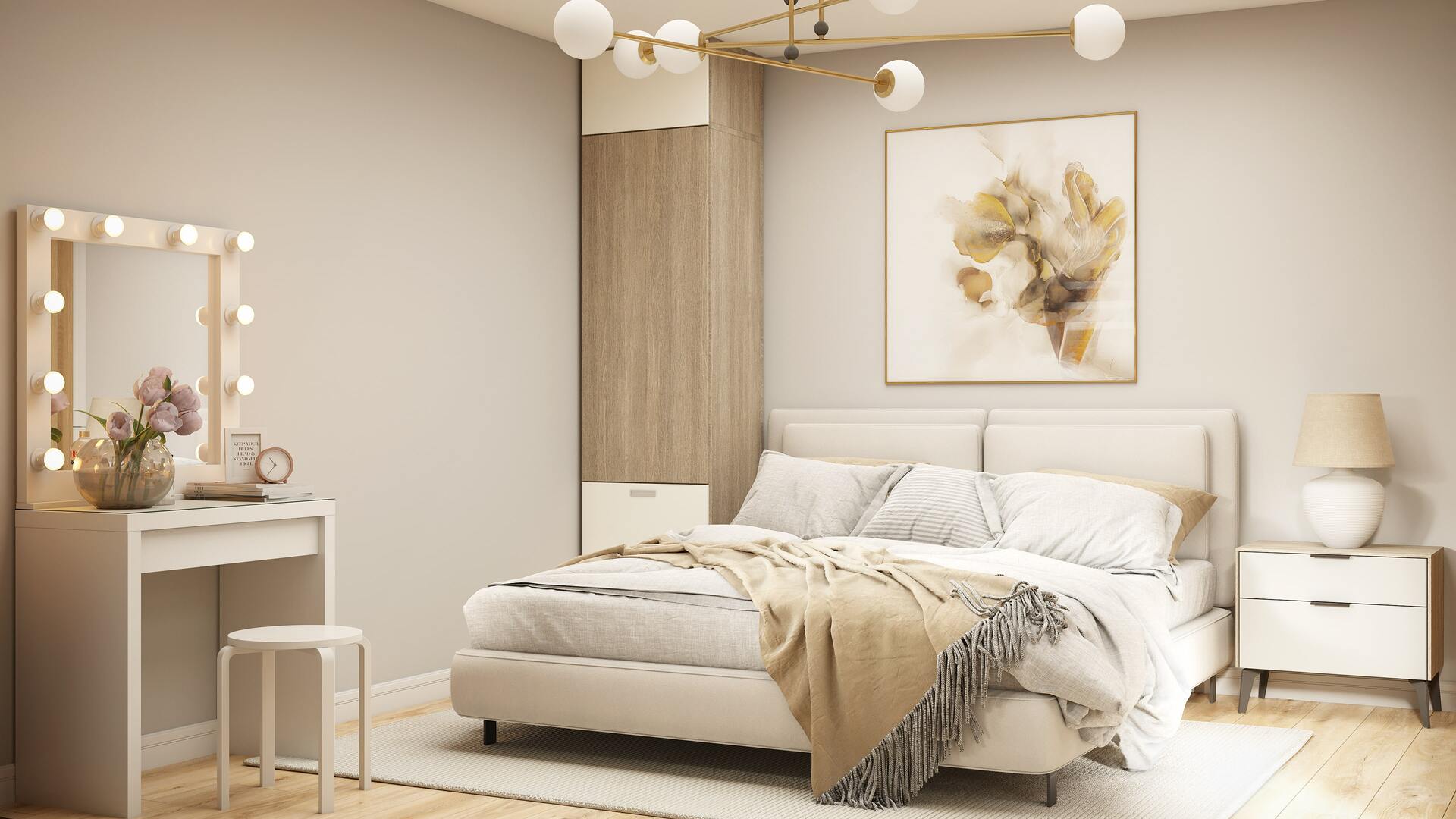
In order for the 3D visualization of your interior to be stunning and create the impression of a cohesive whole, it is important that all the elements in the image are stylistically consistent. This means that no detail should look extraneous to the other elements. For example, in a room decorated in an industrial style, classical artwork or a crystal chandelier will look strange and incongruous.
Therefore, it is worth checking that all the details included in the 3D visualization are in line with the chosen style and form a coherent whole. This is a key element that affects the final impression and attractiveness of the 3D visualization of the interior.
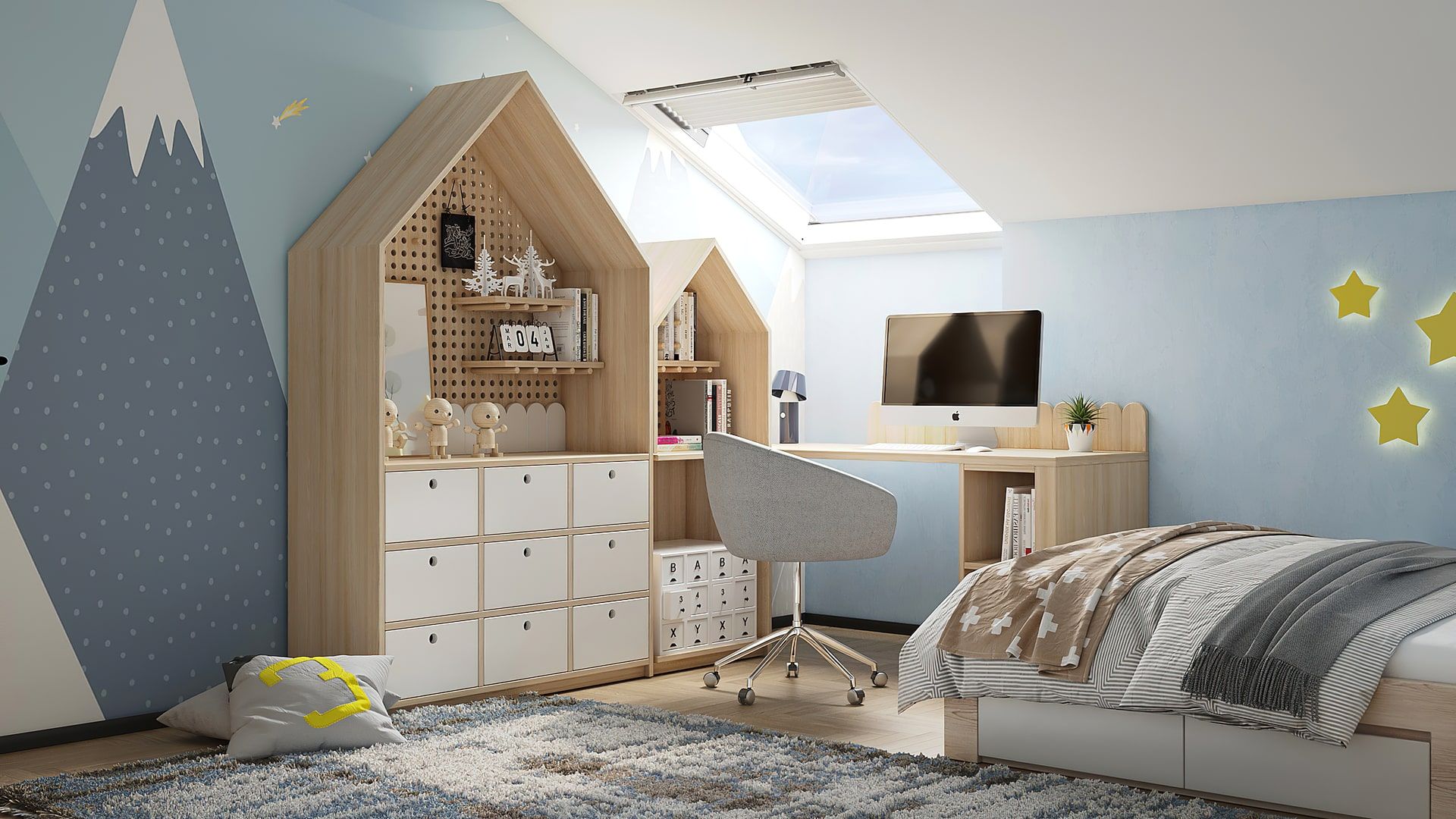
In order to make 3D interior visualizations look as realistic as possible, they should include detailed textures with real colors and scaled material patterns. This will allow the viewer to feel how pleasant it is to touch a fluffy wool carpet or how soft interior furnishing textiles are. Low-quality, flat textures with inadequate scaling, unnatural colors or visible seams do not add realism and are unable to evoke positive emotions.
Therefore, if a real estate developer or designer notices such errors in 3D interior visualizations, it is best to send them back for corrections. It's also a good idea to prepare a detailed brief for a company that can quickly create stylish 3D interior visualizations with realistic lighting, perfect composition and eye-catching details. This will provide the real estate developer or designer with the best visualizations in the shortest time and at a reasonable price.
A 3D interior visualization is an advanced technique that allows for a realistic digital representation of building interiors. It enables us to see how a room will look after the project is completed, even before construction begins.
The most important elements are lighting, realistic materials, perspective and framing, detail and attention to small elements, and ambiance. Each of these factors influences the realism of the visualization and its impact on the viewer.
Lighting has a huge impact on the perception of the visualization. Proper light placement enhances details, adds depth, and creates the right mood. Without suitable lighting, the visualization may look flat or unrealistic.
It’s best to use high-quality textures and materials that accurately replicate real surfaces, such as wood, metal, glass, or fabrics. Using realistic materials makes the visualization appear more natural.
Although there are programs for creating 3D visualizations on your own, achieving high-quality, detailed results requires experience and knowledge of advanced tools. For this reason, many people choose to work with professionals.
The time required depends on the complexity of the project and the level of detail expected. Simple visualizations can take a few days, while more complex projects with many details may require several weeks of work.
If you would like to order a 3D interior visualization, contact us through the contact form on our website. We will provide you with all the details and a project quote tailored to your needs.
A 3D visualization lets you see the final effect even before the work begins. It aids in making design decisions, reduces the risk of errors, and helps improve communication with contractors and investors.
Yes, 3D visualizations are an excellent marketing tool that allows for an attractive presentation of the project before it’s realized. High-quality visualizations are often used on websites, social media, brochures, and investment catalogs.
Professional 3D visualizations are typically created using advanced software like 3ds Max, Blender, SketchUp, or V-Ray. These tools provide highly realistic effects and offer extensive modeling and rendering capabilities.
3D visualization is the entire process of creating a digital image of a space, which includes modeling, texturing, and lighting settings. Rendering, on the other hand, is the final stage of this process, where the computer processes the data to produce the final image. In short, rendering is part of the 3D visualization process.
The cost of a 3D visualization depends on the project’s complexity, the number of rooms, and the desired level of detail. However, a well-executed visualization is an investment that can significantly aid in property sales or project presentation.
Yes, we can make changes after the visualization is finished. However, it’s worth noting that each additional modification may incur extra costs, especially if it requires significant alterations to the project.
Yes, professional 3D visualizations usually include both natural lighting (for example, daylight coming through windows) and artificial lighting (lamps, sconces, backlighting), allowing you to see how the room will look at different times of the day.
3D visualizations are current as long as the design is current. If interior plans, decor, or materials change, the visualization may need an update to reflect new design decisions.
Book a free consultation.
Sign up now for our free RendProletter and receive 1 email every week with a short summary of the best posts from our blog and emails with unique offers you won't find anywhere else!